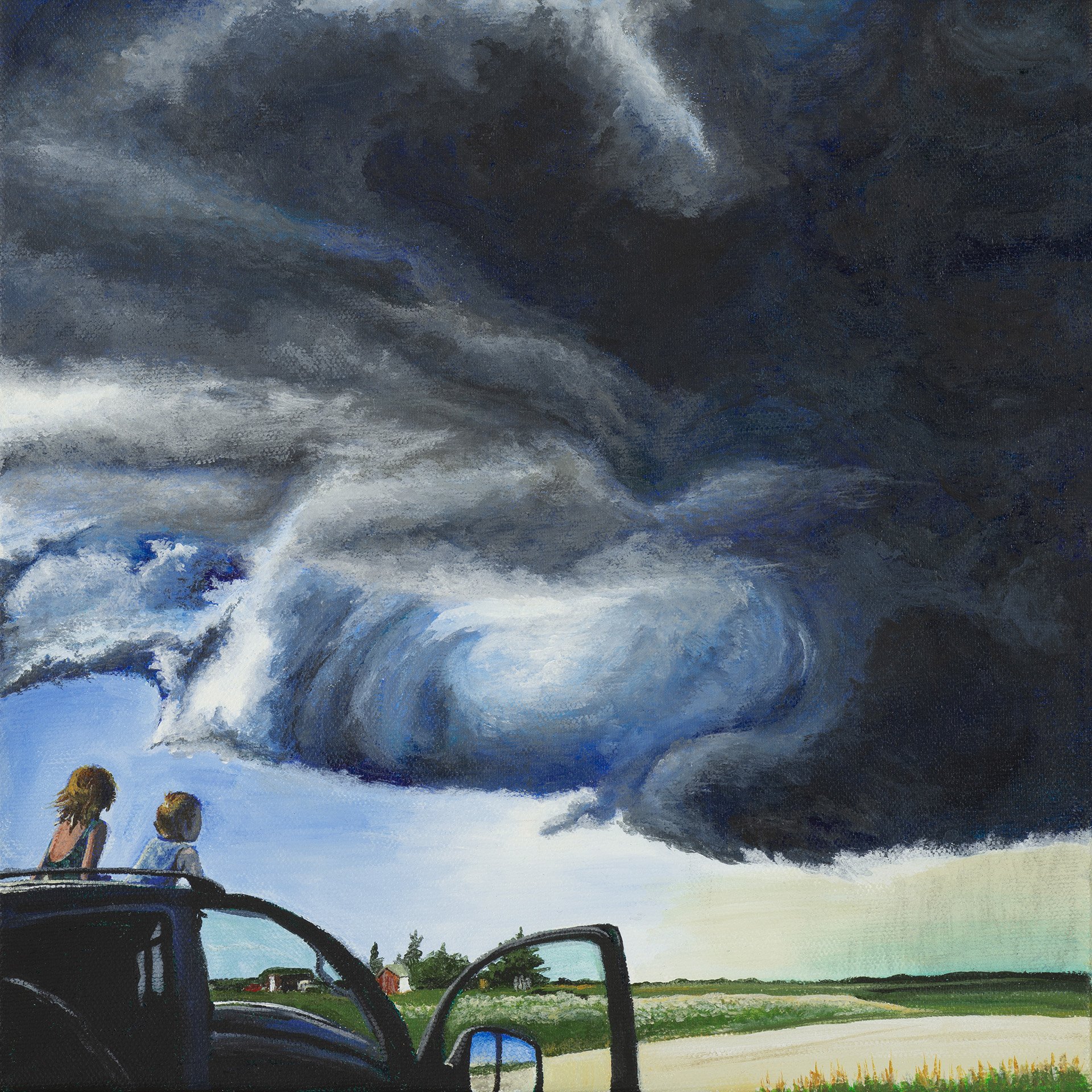Athena’s Story of Art & Healing
One of the reasons that I believe so strongly in the power of a creative practice to promote healing is that I have experienced it myself all throughout my life.
I was born with a genetic condition known as Osteogenesis Imperfecta, commonly known as ‘brittle bone disease’. I began using a power wheelchair at the age of 6, but even with its protection, I was frequently recovering from a broken bone in an arm or leg or surgery to correct issues from past breaks. I’ve had somewhere between 30 to 40 fractures over the course of my life, with the vast majority of them happening before the age of 13.
In one memorable instance when I was three years old, I broke my thigh bone and was put in a plaster cast that went from my chest down to my toes. Now what do you give a precocious but fragile child who was constantly made to sit still and heal over and over and over again through the course of her childhood?
Art supplies—lots of them.
Long before I could read or write, I was putting my imagination to the page in stick-figure stories. As I got older, tried a wide variety of mediums like acrylic paint, oil pastels, clay sculpture and digital art. I became passionately interested in animation and, after completing a Bachelors in Communications, I enrolled in a computer animation program.
This, unfortunately, is where my creative tale took an abrupt turn. In 2003, on my way home from animation school, I was struck by a car at a crosswalk. My power wheelchair took the brunt of the hit, but it still resulted in my hip bone getting fractured in two places and my recovery required a month and a half of flat-on-my-back bed rest
Since I had recovered from fractures many times before in my childhood, I assumed that this recovery would be no different. When I returned to animation school however I floundered. Before the accident, I had lived and breathed animation, but afterwards, I couldn’t seem to focus or get anything done. It got to the point that even opening the animation software would cause a flood of anxiety.
Unbeknownst to me at the time, my creative drive had become entwined with the trauma of the accident and I would later be diagnosed with depression and post-traumatic stress disorder (PTSD). I was able to push through and graduate from animation school, but I was never able to land a job as an animator and reaching for my creativity at all felt like reaching across a field of broken glass.
I deeply mourned the loss of that path to animation, but I was determined to heal the damage that had been done to my creativity. I knew that I wanted to be able to create art again. To that end, I began reading everything I could about how to overcome creative blocks as well as every book I could get my hands on by life coach, Martha Beck, whose words and methods resonated deeply with me. I experimented with different art-making media and different pathways to access my creativity. I learned to break down seemingly impossible goals into tiny steps that my skittish, wounded creative drive could handle.
Step by step, I found my way back to myself and my creativity not only healed but blossomed in an entirely new direction—a passion for painting! I now have my own studio space and I’m currently in the research and development phase of a solo exhibit of paintings on the subject of romantic love and disability supported by the Canada Council for the Arts and Calgary Arts Development. In my wildest fantasies when I was striving to become an animator, I would never have imagined being able to use my artistic voice in a way that feels so true to myself.
I have never forgotten the lessons that I learned in healing my creativity and turning my life around after the accident. It is these lessons that inspired me to become a creativity coach. I get such joy watching others come alive as they too rediscover their creativity—just as I did.










